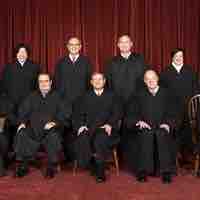Chapter 14
The Judiciary
By Boundless
In the US judicial system, cases are decided based on principles established in previous cases; a practice called common law.
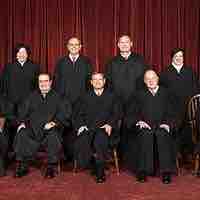
The federal court system has three levels: district courts, courts of appeals, and the Supreme Court.
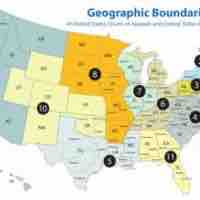
The federal court system has limited, though important, jurisdiction.
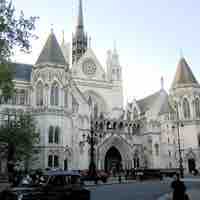
Law of the United States was mainly derived from the common law system of English law.
The primary sources of American Law are: constitutional law, statutory law, treaties, administrative regulations, and the common law.

Criminal law is the body of law that relates to crime and civil law deals with disputes between organizations and individuals.
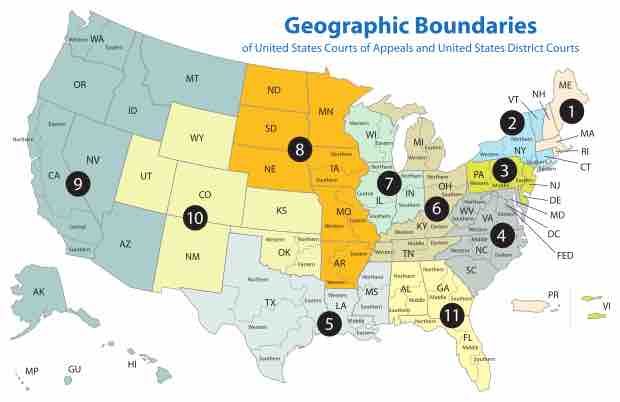
In the judiciary system each position within the federal, state and local government has different types of requirements.

The 94 U.S. district courts oversee civil and criminal cases within certain geographic or subject areas.

The U.S. courts of appeals review the decisions made in trial courts and often serve as the final arbiter in federal cases.
The U.S. Supreme Court is the highest tribunal within the U.S. and most often hears cases concerning the Constitution or federal law.
Court decisions can have a very strong influence on current and future laws, policies, and practices.
Judicial review is the doctrine where legislative and executive actions are subject to review by the judiciary.

Judicial activism is based on personal/political considerations and judicial restraint encourages judges to limit their power.
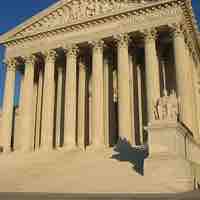
The Constitution does not grant the Supreme Court the power of judicial review but the power to overturn laws and executive actions.

The Rehnquist Court favored federalism and social liberalism, while the Roberts Court was considered more conservative.

